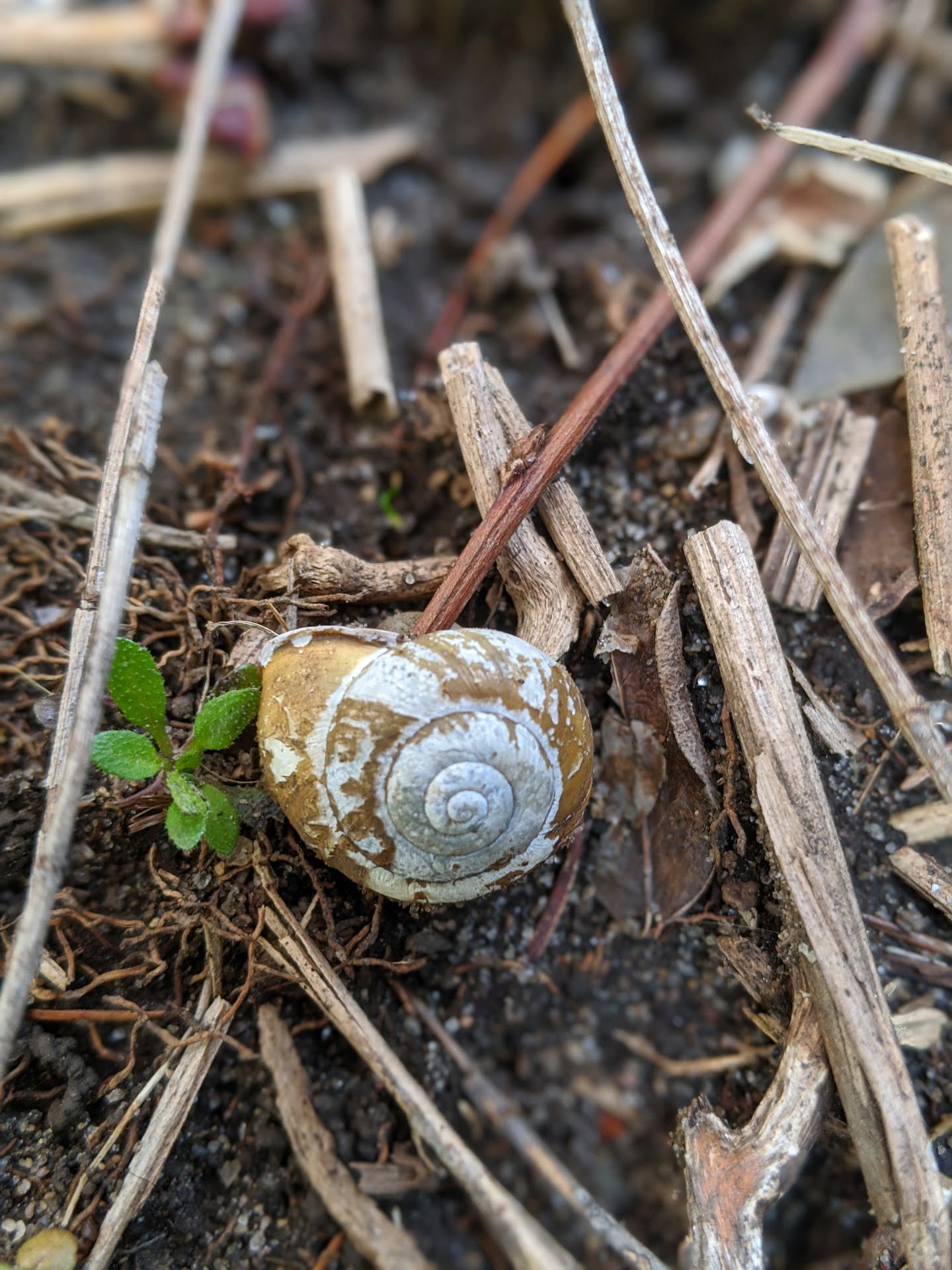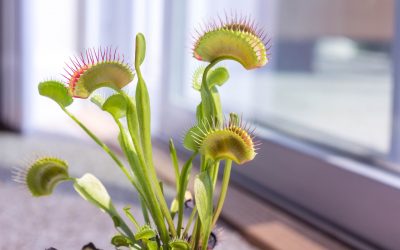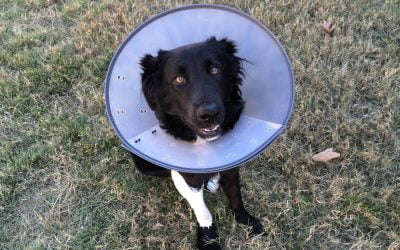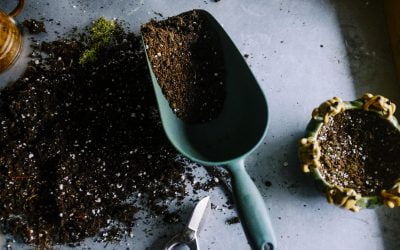How do you debug plants before bringing them indoors? Plant diseases can affect almost any plant, even though some are more susceptible to disease than others. It is also possible for a plant to be contaminated with disease but not display any symptoms, and therefore not be in danger of spreading the disease.
If your plant is infected, it will grow slowly, wilt quickly and be susceptible to other diseases as well. This is why plants should be brought indoors immediately if they are showing signs of disease or sickness. Many diseases can spread rapidly from plant to plant, so it is vital to isolate all infected plants, disinfect the area and then check for the disease itself before moving the plants inside. Some diseases are easily detected by using a fluorescent microscope, while other diseases may only show up when a petri dish is filled with the affected plant part.
You can help to prevent the spread of a disease by using the correct method of disinfection. The most common way to disinfect plants is by boiling water, which kills any bacteria or fungi that may have settled in the plant. There are other methods you could try, such as washing your hands, or rinsing your hands in vinegar and water or using a chemical detergent like Lysol to disinfect your hands.
However, some plants are not suitable for you to bring indoors if you suspect that they are infected with the disease. These include herbs, ferns, and tropical plants, such as cacti and succulents. When it comes to diseases caused by viruses, it is much better to leave plants outside, but some species of viruses are still capable of living and growing on plants that are infected with it. These viruses can cause severe illnesses, and you could find yourself needing treatment for the virus before the illness has a chance to spread to the other plants.
One of the simplest ways to prevent disease from spreading between plants inside is to quarantine the plants at night, or just take them outside during the day. This means that you would need to remove them from the house, and put them in a secure container. Then, once the temperature drops below freezing, or a particular condition allows bacteria to grow, the containers can be moved back into the house.
The most important thing to remember when you have plants indoors is to make sure that they are treated for disease, disinfection before you move them back inside. with your plants.






